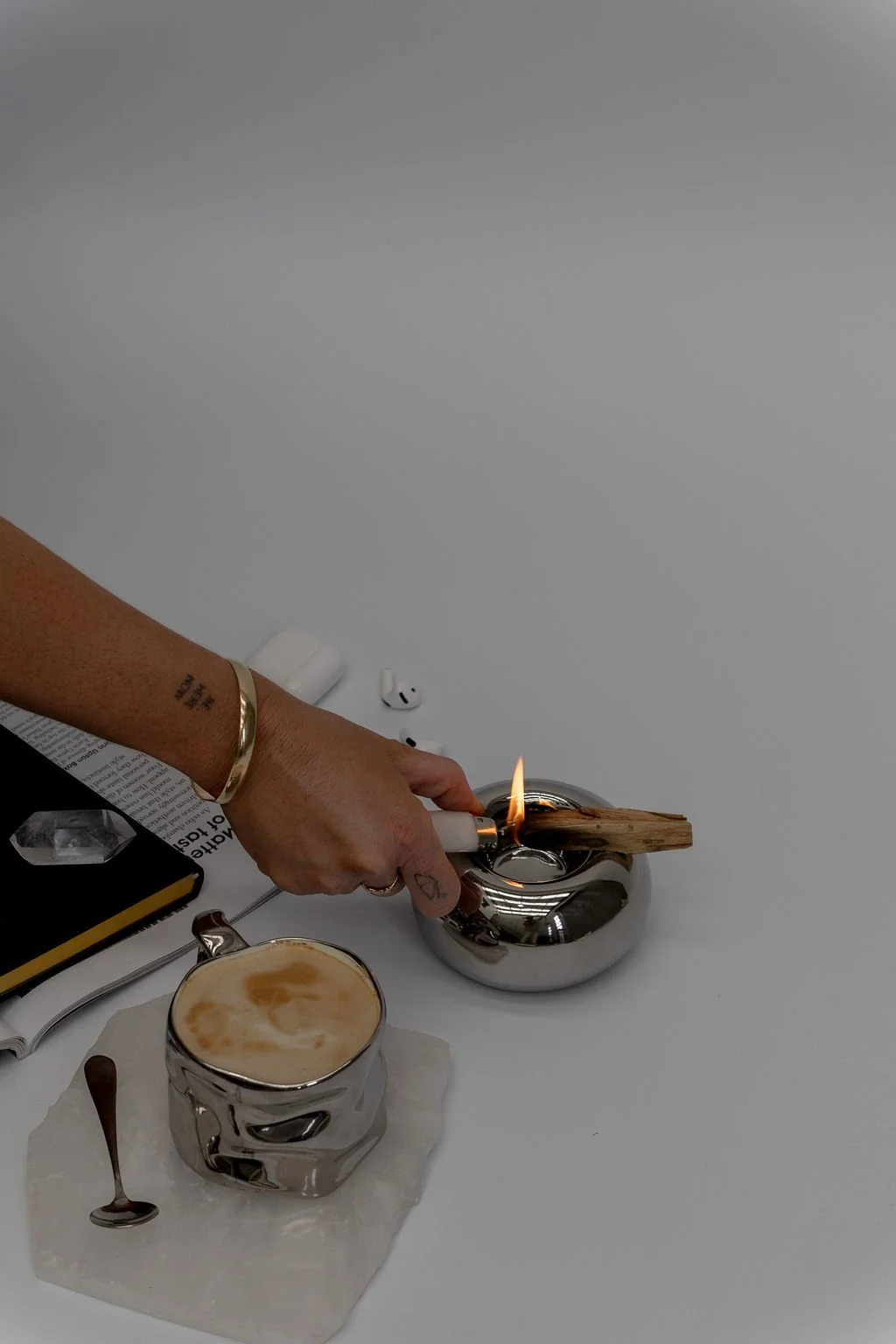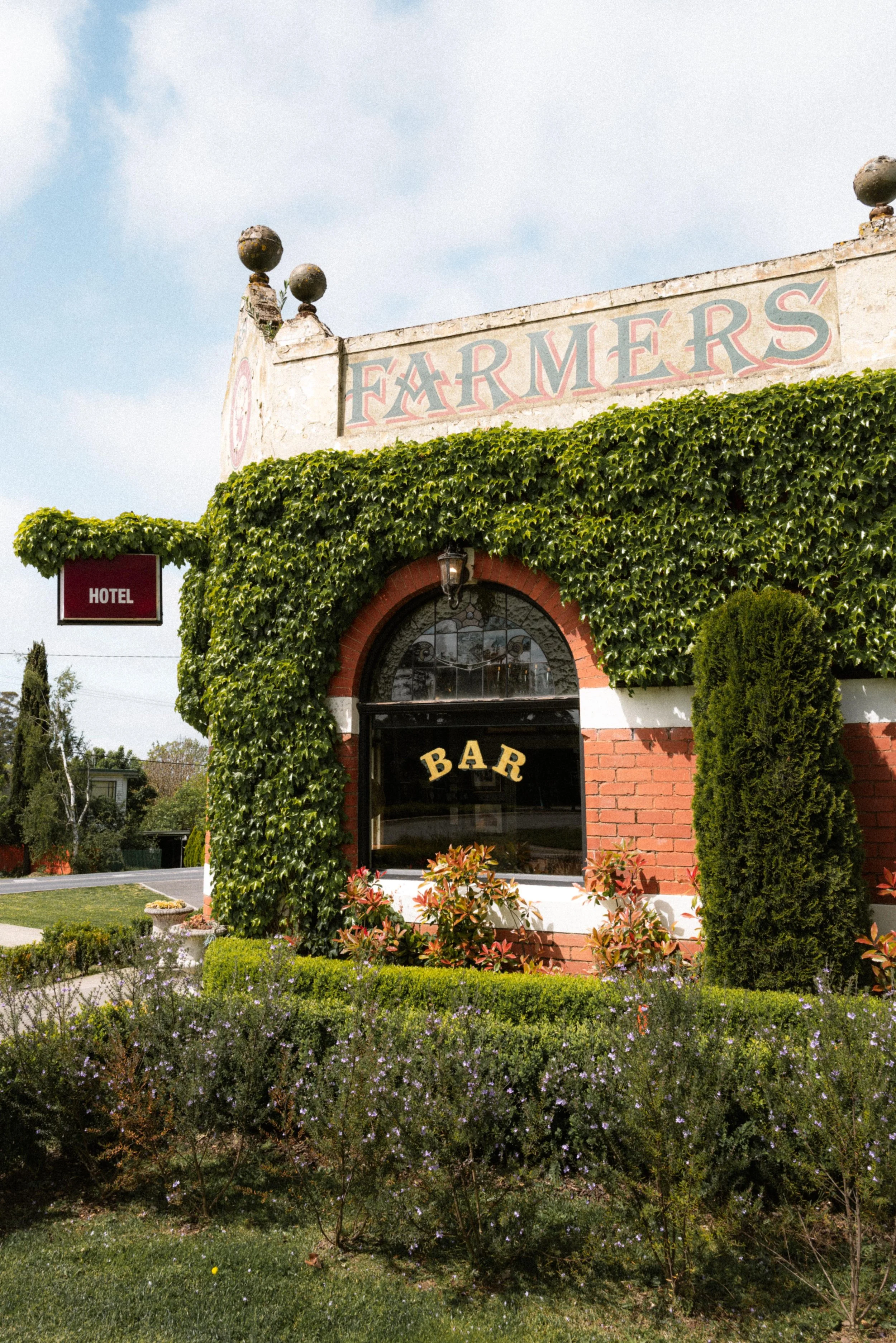The Content Pivot of 2025: Why Brands Are Moving From Feeds to Franchises (and What It Means for 2026)
The brands that win in 2026 will not be the ones posting the most. They will be the ones publishing content audiences return to.
In late 2025, the social landscape shifted under every brand’s feet. Algorithms got noisier. AI-generated content flooded every feed. Short-form novelty declined. Audiences, especially Gen Z and millennials, started rewarding content that felt structured, intentional, and worth returning to. This wasn’t a minor trend. It was a reset.
We’re entering 2026 with a new reality: brands are no longer competing with posts. They’re competing with programming.
Platforms backed this up with hard pivots. Algorithm updates increasingly prioritized retention, return viewership, and series-based formats over volume and virality. A 2025 analysis of platform changes showed a clear industry shift: platforms reward creators who publish episodic content that builds consistency and habit, not sporadic one-offs (Source: Stack Influence).
At the same time, consumer behavior fractured even further. Global social media usage grew to 5.45 billion users in 2025, with the average user active on six to seven platforms per month and spending 2 hours and 24 minutes per day scrolling, but with less patience for repetitive or low-value content (Source: Sonary).
And with media consumption across entertainment topping six hours per day in 2025, attention has never been more divided (Source: Deloitte).
The outcome? Feeds became too crowded, impressions too shallow, and traditional content calendars too predictable.
This is the content pivot that defines marketing going into 2026: brands are shifting from “posting” to “programming.” From feeds to franchises.
Let’s break down why this shift happened and how your brand can lead it.
WHY FEEDS STARTED FAILING IN 2025
AI-Generated content caused mass sameness
Early 2025 saw an explosion of templated, AI-generated pots that looked, sounded, and performed the same. This created real user fatigue, a trend confirmed by EY’s 2025 report showing rising consumer distrust of repetitive AI-generated content and a growing preference for authenticity and human-led storytelling (Source: EY).
In other words: when everyone uses the same tools the same way, differentiation dies.
Brands that stood out did one thing: they build recurring concepts, not recycled templates.
ATTENTION FRAGMENTS, BUT LOYALTY CONSOLIDATES
Deloitte reports U.S. consumers now average six hours of media per day, bouncing across platforms, formats, and creators (Source: Deloitte). People aren’t giving brands more attention.
They’re giving attention to fewer brands, more consistently.
That means the only content that survives is content that people plan to consume.
PLATFORMS STARTED REWARDING DEPTH, NOT VOLUME
2025 platform updates pushed a single message: retention beats reach.
Instagram began prioritizing series-based reels and episodic carousels
TikTok shifted its discovery engine toward multi-part storytelling
YouTube Shorts rewarded channels that built long-form tie-ins
LinkedIn boosted recurring newsletters and series-based through leadership
Feeds didn’t die. They just stopped doing the heavy lifting. Series did.
WHY CONTENT FRANCHISES BECAME THE NEW POWER MOVE
A content franchise is a recurring, recognizable series your audience commits to.
It has structure. It has a hook. It builds expectation and habit.
Think of franchises like:
Founder Flow (your ongoing behind-the-scenes series)
Menu Drop Mondays (restaurants)
Spa Science Saturdays (med spas)
Before/After Breakdown (home services)
60-Second Sellouts (e-commerce)
Room Reveal Fridays (hotels)
Franchises work because:
They lower cognitive load. Audiences don’t waste energy deciding whether to watch. They already know what they’re getting, the only variable is this week’s episode.
They increase retention. Returning viewers means the algorithm recognizes your series as “high value.” The result? Better distribution without extra spend.
They enable omnichannel integration. A franchise can be published across: Reels, TikTok, YouTube Shorts, email, blogs, LinkedIn, website, PR pitches, paid ads. One concept > multiple channels > one unified narrative.
They create brand memory. People remember what repeats, and in a saturated market, memorability is the moat.
THE 2026 PLAYBOOK: HOW TO BUILD A CONTENT FRANCHISE THAT ACTUALLY WORKS
Here’s how small businesses, hospitality brands, med spas, home service companies, and e-commerce shops can build lightweight content shows that outperform random posting.
STEP 1: PICK THE RIGHT FRANCHISE ANGLE
Choose a series your audience wants every week, not something that only matters once. Examples by industry:
Restaurants
“The Dish Drop” - weekly spotlight behind a signature item
“Chef’s Corner” - 60-second prep, sourcing, or story
Boutique Hotels
“Stay Stories” - guest experiences, hidden gems, room reveals
“Host’s Travel Tips” - bite-sized local recs
Med Spas
“The Science Behind…” - educate instead of sell
“Treatment Tuesdays” - demystify services
Home Services
“Fix It Fast” - weekly quick-tip series
“Before/After Breakdown” - transformations with authority
E-Commerce
“Unpacking the Product” - what makes it better
“Customer of the Week” - UGC-driven
STEP 2: BUILD A REPEATABLE CREATIVE SYSTEM
Every episode should follow the same internal structure:
Hook
Payoff
Process or demonstration
Close (save, subscribe, book, buy, visit)
You’re not building a reel, you’re building a rhythm.
STEP 3: DESIGN A DISTRIBUTION BLUEPRINT
A franchise only works when it’s integrated:
Publish the episode
Turn the transcript into a blog
Break pieces into TikToks
Post the best line on LinkedIn
Send a recap in email
Build an evergreen ad variant
Update your website “What’s New” section
One execution > multi-channel amplification. This is the GHC method.
STEP 4: TRACK THE RIGHT KPIs
Series performance is not measured by likes.
Measure:
Return viewers
Retention time
Saves
Shares
Episode completion rate
Series opt-ins (email)
Long-term impressions
These metrics tell the truth. The rest is noise.
FINAL THOUGHTS
2026 will reward brands that behave less like posters and more like publishers. The era of random, one-off content is over. The brands that win will be the ones that design cohesive content franchises that drive retention, recognition, trust, and conversion across channels and over time.
If you’re ready to build the kind of content system that scales your authority and sharpens your positioning, our integrated marketing retainers and 1:1 consulting through The Golden Growth Intensive are engineered for exactly this.









